charlesnoble
-

NiCd vs NiMH for Solar Lights
Nickel Metal Hydride batteries (NiMH batteries) are generally the better choice over Nickel Cadmium batteries (NiCd batteries) for most solar light applications today. NiMH offers a higher capacity to store more energy from the sun, lasts longer through more recharge cycles, and is more eco-friendly. However, NiCd can be a good lower-cost option if needed.…
-
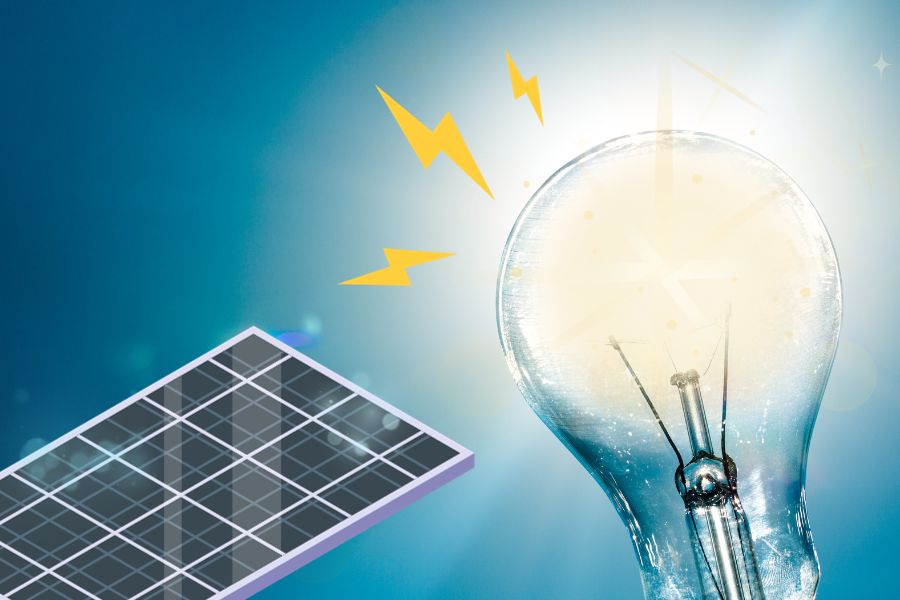
How to Stop Solar Lights from Flashing
Solar lights flicker when they aren’t getting consistent power. This is usually caused by positioning issues, dirt on the solar panel, dying batteries, sensor problems, or faulty wiring. Thankfully, troubleshooting to stop solar lights from flashing is straightforward when you know what to look for. This guide will walk you through the most common causes…
-
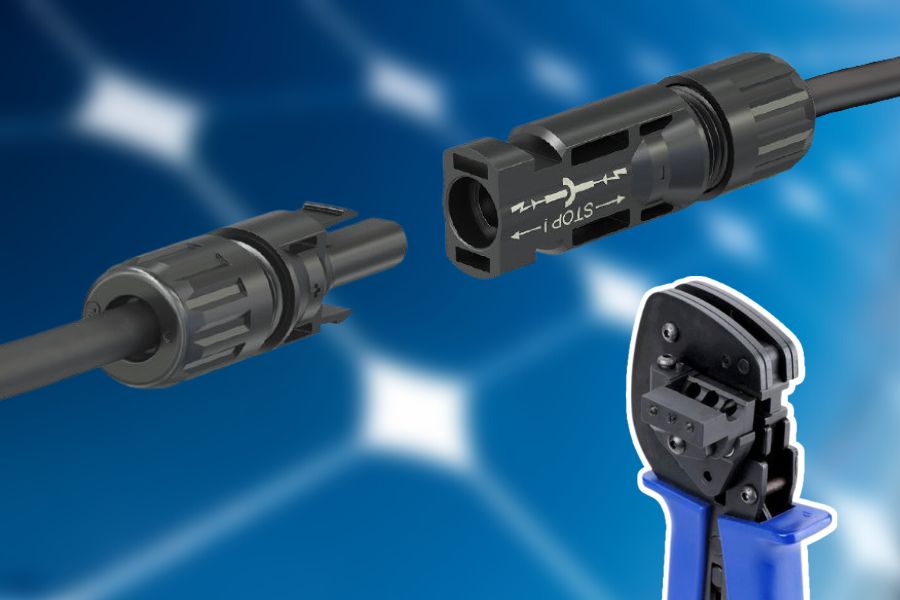
How to Crimp MC4 Connectors
MC4 connectors are crimped using a specialized MC4 crimping tool to attach male and female pins to solar cables, which are then inserted into the connector housings and tightened for a secure connection. This comprehensive guide provides detailed, step-by-step instructions on properly crimping male and female MC4 connectors for solar applications. Let’s get started! Step…
-

How to Trick a Motion Sensor to Stay On
There are many ways to trick a motion sensor of solar lights and security cameras to stay on. These include wrapping the sensor in aluminum foil to mimic motion, hanging shiny CDs that spin in the breeze, or pointing fans at the detector. This article provides a comprehensive guide to various techniques that will help…
-

Lithium vs Alkaline Batteries for Solar: A Detailed Comparison
Lithium and alkaline batteries store and provide power for solar lights, gardens, outdoor solar lighting, and off-grid solar systems. However, they have very different compositions and characteristics, making each better suited for certain uses. In this article, we will compare alkaline and lithium batteries in-depth, looking at aspects like construction, voltage, capacity, performance, cost, and…
-

Solar Panels for Apartments: A Complete Guide
Yes, it is possible to install solar panels for apartments. While apartment dwellers don’t have access to an individual roof to install solar panels, several options are still available to utilize solar power and reduce energy bills. The main methods are using portable solar power systems, joining a community solar project, installing plug-in solar panels,…
-

Solar Attic Fan Installation Cost: A Complete Guide
Installing solar attic fans in your home costs an average of $600 to $1500. However, the actual solar attic fan installation cost, in your case, will be affected by factors like your attic size, fan type, any additional venting required, permits, and installation labor. In this comprehensive guide, we’ll cover everything you need to know…
-

How Fast Does a Solar Cover Heat a Pool
The effectiveness and how fast a solar cover will heat a pool are influenced by various factors, including but not limited to the type of solar cover used, the structural design and size of your pool, and the weather at the time. When you install a solar pool cover, you can generally expect to see…
-

Why Are Only Half My Solar Lights Working
The most likely reason only half of your solar lights are working is that the lights are wired in two parallel strings, so when one string fails, the others continue working. This article will explore the internal wiring that allows solar lights to operate this way. We will also provide troubleshooting tips to identify and…
-
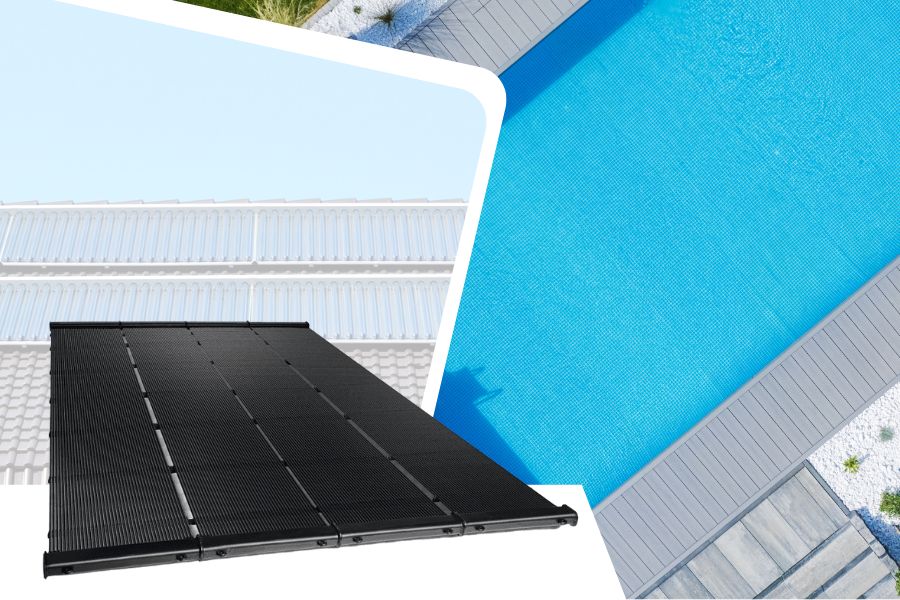
How Many Solar Panels to Heat a Pool
To heat a swimming pool with solar panels, roughly one square foot for every pool surface area. This 100% coverage allows the solar panels to collect enough thermal energy to raise pool temperatures significantly. However, properly sizing a solar pool heating system involves considering several other factors that can alter the number of solar panels…
-

How to Store Solar Pool Cover
It is important to store a solar pool cover properly to ensure its longevity and effectiveness. The method for storing your solar pool cover depends on how long you want to keep it. Use a solar reel system for in-ground pools or solar cover saddles for above-ground pools for short-term storage. A thorough cleaning and…
-

Can You Run the Pool Pump with a Solar Cover On?
Not only is it safe to run the pool pump with a solar cover on, but it is also the recommended practice since it provides several benefits. Running your pool pump with the solar cover can help reduce the number of hours the pump needs to run. This leads to savings on electricity costs and…
-

Bubbles up or Down on Solar Cover
The solar pool cover bubbles should face down toward the water when installed. This allows the bubbles to trap and retain heat from the sun’s rays within the pool water, creating a greenhouse effect that can raise your pool’s temperature by up to 15°F. In this article, we will explore the reasoning behind why the…
-

How Does Solar Pool Heating Work?
Solar pool heating systems work by is a sustainable and cost-effective way to extend the swimming season and enjoy warmer water in your pool. Solar pool heating systems work by harnessing heat from sunlight and transferring it to the pool water pumped through the collectors. This solar-heated water is returned to the pool, gradually raising…
-

Do Heat Lamps Use a Lot of Electricity?
Heat lamps use a significant amount of electricity compared to standard light bulbs. However, they can still be energy-efficient when used properly for their intended purposes. This article will break down the factors that determine heat lamp electricity usage. We’ll look at how their design and intended uses impact energy consumption. We’ll also compare heat…
-

What Size DC-To-DC Charger Do I Need?
The optimal size of a DC-to-DC charger depends on several factors, including the total auxiliary battery capacity, maximum charge rate, alternator output, and additional charging sources or loads. Accounting for these aspects and selecting a properly sized charger is crucial for maximizing charging efficiency. In this article, you’ll learn a step-by-step process for calculating the…
-
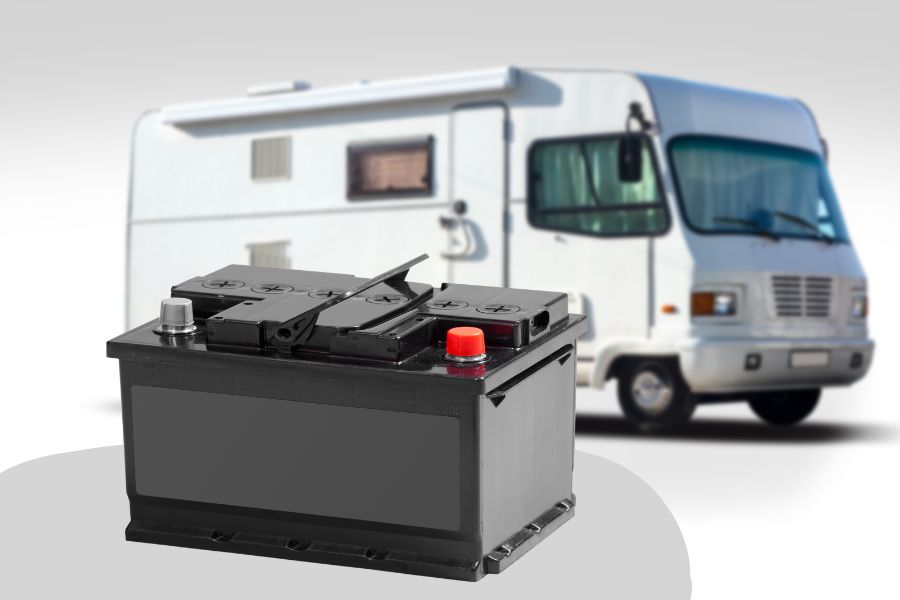
What Car Battery Voltage Is Too Low
The optimal voltage range for most car batteries used in RVs and motor homes is 12.4-12.7 volts. Yet, these vehicles often face challenges maintaining this voltage and preventing low voltage in the car battery, especially when parked for extended periods. Using trickle chargers and solar charge maintainers is essential for RVs and motorhomes that sit…
-

7 Best Solar Well Pump Reviews
The best solar well pumps come with efficient systems and durable bodies and are easy to install. But when it comes to it, the best of the best is a solar pump with a high flow rate and high lift. It is only right that the best solar-powered water pumps pump water at the fastest…
-

How to Keep Solar Lights from Falling Over
There are several DIY methods to stabilize solar-powered lights and prevent landscape lighting fixtures from falling over. Securing the base and foundation of outdoor solar lights is critical to keeping them upright. In this article, we will discuss the common techniques to help reinforce solar lighting fixtures so they stand straight without tilting or toppling…
-
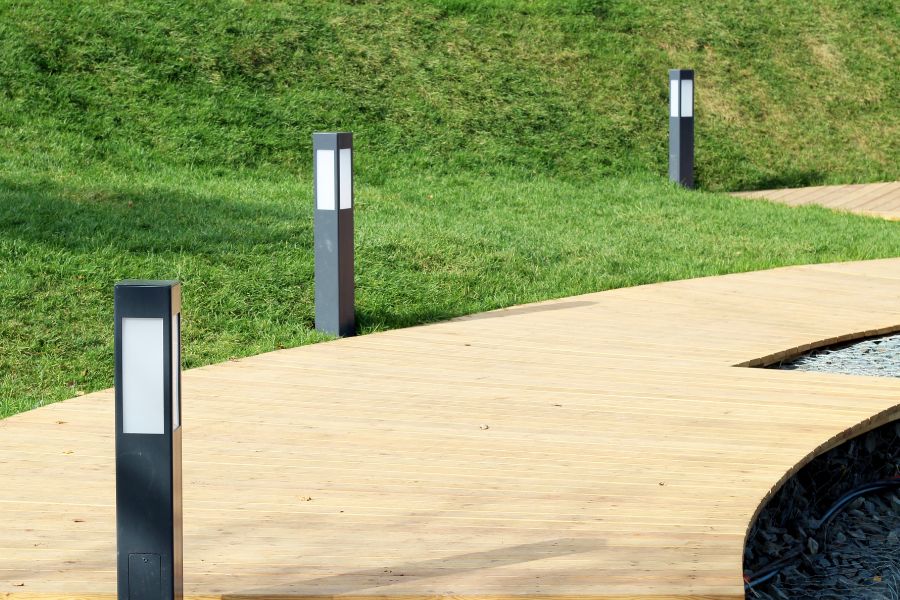
How Far Apart Should Solar Lights Be Placed
The ideal spacing between solar lights to be placed is typically 5 to 10 feet apart. This range allows for optimal illumination while factors like desired brightness, fixture size, and area dimensions are considered. This article will provide comprehensive guidelines for determining the best distance between your solar fixtures for any landscape lighting ideas. We…
-

Why Is My Inverter Beeping
The beeping is a way for the inverter to alert you to a problem that needs attention, whether a pure sine wave or a modified sine wave inverter. It can be due to a low battery, an overload condition, a loose connection, or other issues. This guide will discuss the six most common triggers of…
-
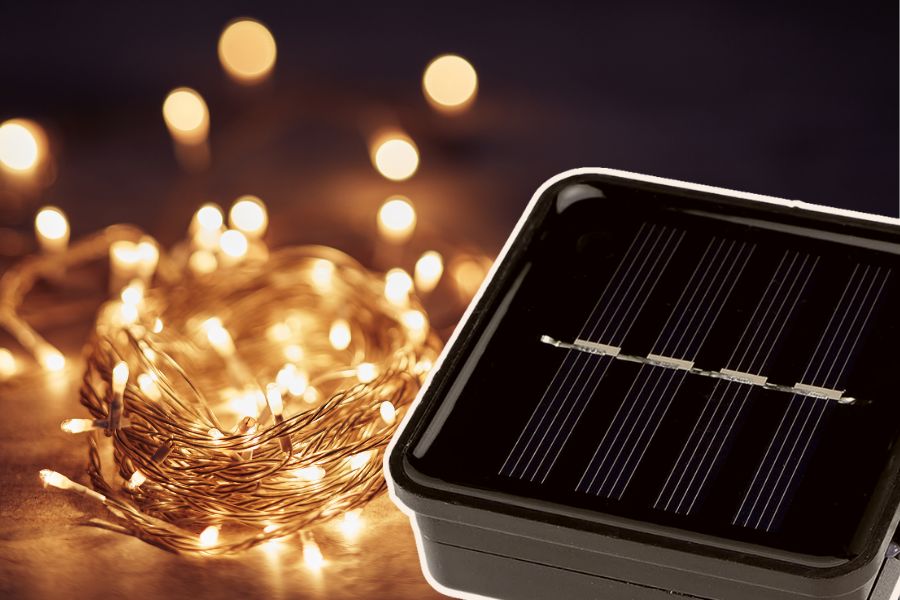
How to Fix Solar Fairy Lights
When these eco-friendly beacons of light stop working and fail to shine, troubleshooting them typically involves a systematic process of inspecting the whole system to troubleshoot and fix them. You must ensure correct power connections, switches, and solar panel placement. You must also look for problems like burnt-out bulbs, frayed wires, water damage, and dead…
-
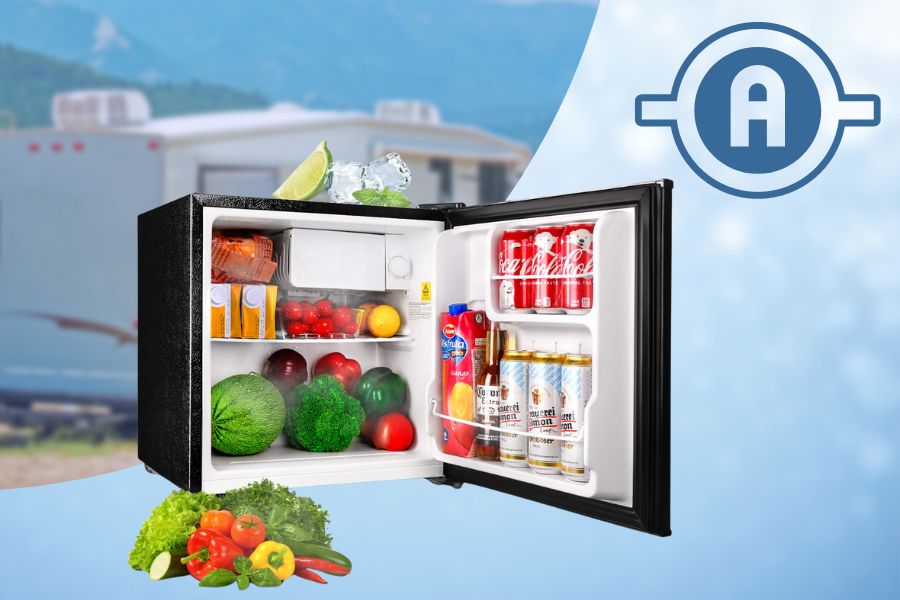
How Many Amps Does a Mini Fridge Use
A typical mini fridge uses 0.2-0.6 amps when connected to a 120V AC power source and 3-7 amps on a 12V DC battery system during regular operation. Start-ups can see a spike of up to three times regular consumption. However, these numbers are for reference only and will vary depending on the fridge’s model, size,…
-

How to Get 12 Volts from a 24 Volt System
Getting 12 volts from a 24-volt system with multiple batteries is possible through several methods. You can use simple approaches that involve tapping into just one battery in a series bank or using resistors to create a voltage divider. Still, these methods are inefficient and can reduce your battery life. For clean, efficient voltage conversion…
-

What Size Solar Panel for Well Pump: Comprehensive Sizing Guide
The size of the solar panel system required to power a well pump depends on several factors, including the pump’s horsepower rating and daily energy needs. As a rule of thumb, approximately five solar panels are often needed to run a 1 hp solar pump. Following this comprehensive sizing guide, you can accurately determine the…
-

What Will 100 Watt Solar Panel Run
A 100 watt solar panel can provide power for various small electronic devices and appliances to run but is limited in capacity for larger loads. In this article, we will provide an overview of the power output and capabilities of a standard 100-watt solar panel, including how much energy it can produce per day, what…
-

What Does a Solar-Powered FM Receiver Transmitter Do?
Solar-powered FM receiver transmitter or, shortly, solar-powered radio is a unique variant of a traditional FM receiver transmitter, with one significant difference: it doesn’t rely on batteries or any external electrical source. Instead, it harnesses solar power, turning it into electrical power through photovoltaic technology. At first glance, a solar-powered radio resembles the standard radios…
-

How to Ground an Inverter in an RV
You can ground an RV inverter using the appropriate gauge wire by securely attaching it to the RV chassis. This connection to the RV frame acts as a protective measure against stray currents, ensuring safety and optimal electrical performance. In this article, we will guide you through the details of this process, ensuring your inverter…
-

Do I Need a Surge Protector with a Generator
As valuable as generators are, they come with their challenges and potential risks, such as power fluctuations that lead to surges capable of damaging devices. To safeguard your valuable electronics and ensure the longevity of your generator, a surge protector becomes an essential accessory. This article will discuss why generators can cause surges, examine different…
-

Solar Charge Controller Settings 101: All You Need to Know
To optimize the performance of your solar power system and safeguard the battery bank, it’s crucial to configure the charge controller with the correct settings. While the specific steps vary across different controllers, understanding the fundamental parameters is the key to optimizing any solar charge controller. This article reviews the core concepts you need to…






























